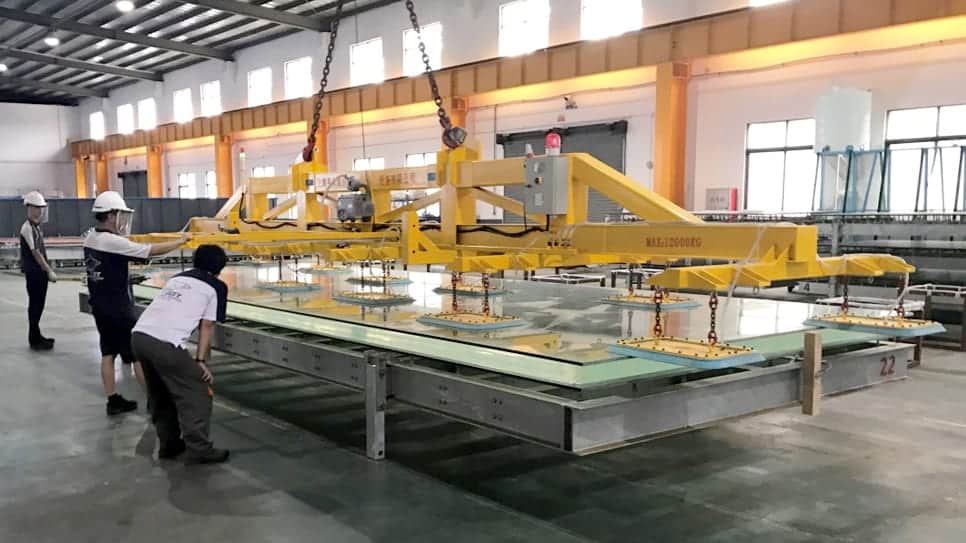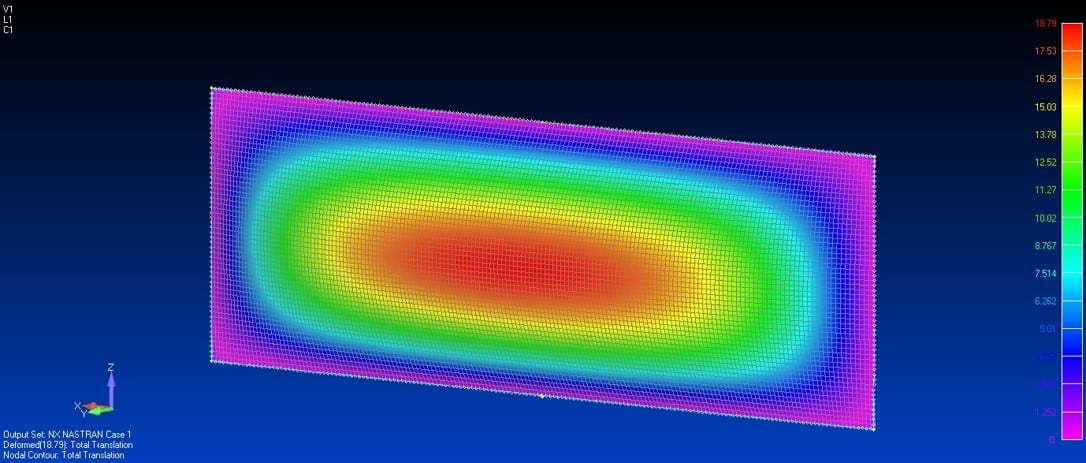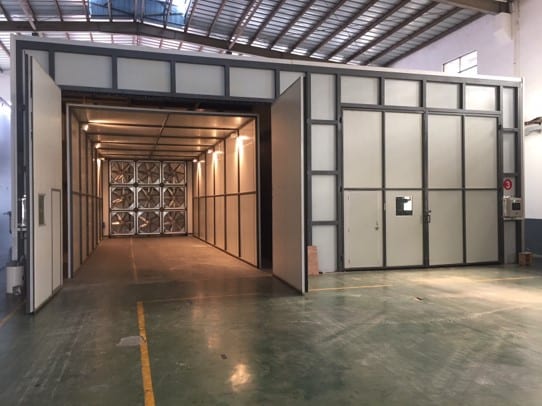Lowering engineering standards on acrylic viewing systems may save money on aquarium construction, but at what price in years to come? An overview for specifiers and decision-makers.
Building a new aquarium involves many decisions, none more important than the choice of specifications for those super-sized acrylic viewing panels.
To acquire crystal-clear windows that resist yellowing, for example, it is essential to insist upon the right acrylic properties and manufacturing techniques. These mega-panels also serve as gigantic transparent retaining walls and are only as strong as the bonds between the many smaller panels amalgamated to create their Herculean width and thickness. How do you specify for that? Additionally, it takes advanced waterproofing techniques to produce perfect seals that last as long as the windows.
Even though acrylic is stronger and clearer than glass, a firm grasp of the chemistry involved in its production is a good place to start when preparing optimal specifications for viewing-panels.
OPTICAL PERFORMANCE
Some grades of acrylic demonstrate stronger resistance to optical degradation and yellowing than others. Crystal-clear ACRYLITE®, for example, retains outstanding optical and mechanical properties for many years. Why? Because the ACRYLITE® production process successfully transforms all but a tiny portion of molecules called monomers into large-particle polymers. The completeness of this reaction is crucial because unutilised monomer – known as rest monomer – resides within the acrylic and is vulnerable to yellowing.
Prevention of yellowing over time is one of the reasons why AAT only manufacturers ACRYLITE®, and why we also recommend that specifiers insist on acrylic containing less than 1% rest monomer.
Beyond providing a crystal-clear view of underwater habitats, the most important task for mega panels is to keep vast amounts of water on the appropriate side of the window. Failure, as they say, is not an option.
BOND-STRENGTH
Just as a chain is no stronger than its weakest link, a large viewing panel is no more reliable than the strength of the bond between many smaller panels used to make it.
While rare, it is not unheard of for the joints between acrylic panels to spring a leak. Repairs are possible, but corrective action could necessitate the installation of a permanent structure on the viewing side of the window to counter the pressure inside the tank. Unfortunately, a concrete pillar or steel bar in the middle of an acrylic window or cylinder interrupts the view and spoils the aesthetic.
At AAT, instead of standard laminating practices, we recommend and use a bonding process called Multi-Layer Polymerisation (MLP) when joining panels to build thickness. The MLP bonding agent is made from the same material as the panels themselves. We believe this is an ideal way to create a bond-strength close to the strength of the parent-panels. We are not alone in this opinion.
To safely withstand immense water pressure, MLP is the only method approved to manufacture windows for ocean-bound submersibles when bonding two or more layers of acrylic to build thickness.
The MLP bonding technique delivers a bond-strength approaching 90% of the strength of the parent-panel. This data-point matters, and specifiers would be wise to insist on bond-strength data-transparency (please forgive the irresistible pun).
“MLP is the only method approved to manufacture windows for ocean-bound submersibles when bonding two or more layers of acrylic to build thickness.”
Most of the bonding within mega-panels is done offsite at acrylic manufacturing facilities. However, the size and weight of complete windows make it practically impossible to ship and install them whole. So, a small number of jumbo-sized sub-sections are created offsite, transported to the aquarium with great skill and bonded in-place with perfect precision.
Different acrylic manufacturers have their own on-site bonding methods. Beyond MLP, we also use the Acrifix® bonding agent because, in our extensive experience, it achieves a perfect and permanent union between sections of ACRYLITE®. (By the way, Acrifix® and Acrylite® are registered trademarks of Röhm GmbH, a German company and AAT’s partner in the development of MLP.)
LIMIT DEFLECTION
Most importantly, high-quality materials and craftsmanship are essential to prevent the window from yielding to the pressure of the water on one side. In some parts of the window, a single square meter could be holding back many pounds of force. As a result, it can be expected to bulge outwards – but how big a bulge is acceptable?
The degree to which the panel bulges is called its deflection. Specifiers must limit the deflection because large ones stress the acrylic and could cause cracking. On a 40 meter mega-panel, for example, a deflection limit of 80mm would be prudent – a ratio of 1 mm for every 500 mm length. We have seen windows with deflections far greater; they would be under huge stress and likely to craze at some point. Some crazing can be polished-out, but so doing makes the window thinner – an unsustainable problem.
ANNEALING MATTERS
During annealing, acrylic panels are slowly and uniformly heated and cooled to pre-set temperatures at just the right pace. Annealing consumes rest monomer, relieves internal stresses, and cross-links the internal chemical structure for a higher-quality product with outstanding strength.
During annealing, the data that matters most is not the temperature of the air, but the amount of thermal energy entering the acrylic. Temperature differentials between the centre and the surface of the acrylic are particularly important. Since it is impossible to place sensors at the centre of a large window without weakening it, we embed sensors into additional blocks of acrylic, which are placed inside the ‘oven’ alongside the main window. The extra, sensor-enabled blocks of acrylic serve as data-generating proxies for what is happening inside the main panel, for optimal results.
Sensor-enabled automated control systems significantly reduce energy costs too because they manage heat more efficiently and effectively.
Advanced annealing method such as this deliver exceptional outcomes and justified confidence. Unsophisticated annealing practices (or skipping the step entirely) may save a buck on construction costs. Still, failure to properly anneal the full window after completing all bonds undermines its strength and integrity. Is this a smart play with hundreds of lives at stake on either side of the window? We think not. So, when preparing specifications, it pays to give due consideration to annealing.
Successfully bonding ACRYLITE® panels using MLP and Acrifix® – combined with advanced annealing – creates a window so perfect that it can be considered a single structure rather than numerous panels stuck together. This single mega-panel is literally and visually seamless.
WATERPROOFING
It is not easy manoeuvring objects that weigh hundreds of tonnes into position with levels of accuracy measured in millimetres. Moreover, to create the perfect seal, it pays to specify highly skilled and experienced teams that know how the acrylic blocks move and behave once you have them in place. The acrylic will expand after the tank is full of water, and in the years ahead, so installation-expertise is vital.
AAT sealing and waterproofing techniques can be specified – they deliver a strong, non-toxic, and animal-safe seal with outstanding longevity – however, our methods are born out of years of experience and are confidential.
When specifying mega-panels, surrounding the project with experienced experts is just as important as demanding the best hardware, products, and practices.
SUMMARY
While acrylic mega-panels are complex and expensive undertakings, cutting corners up front has the potential to cost an aquarium dearly in the long run. It is wise to select only the highest grades of acrylic, such as ACRYLITE®, and to specify less than 1% rest monomer to protect against yellowing and keep windows crystal clear for longer. Always demand best-practice construction methods, including multiple rounds of annealing and advanced techniques such as Multi-Layer Polymerisation. Set appropriate limits for deflection to protect against undue stress and lower the risk of crazing. Ensure highly experienced teams do the installation and waterproofing with sealing systems that you can rely on to protect the animals as well as the infrastructure. With a large portion of aquarium special-works budgets invested in acrylic viewing systems, these guidelines help support the long-term success of your project and deliver greater value for money, which is a major set of decisions solved.
DISCLAIMER
The information in this article is general in nature and does not constitute professional advice and is not intended to be a substitute for such advice and should not be relied upon as such. You should consider whether the information is appropriate for your needs. The article and any associated content published are bound by the terms and conditions of use. The terms and conditions of use of AAT’s website can be found here.


